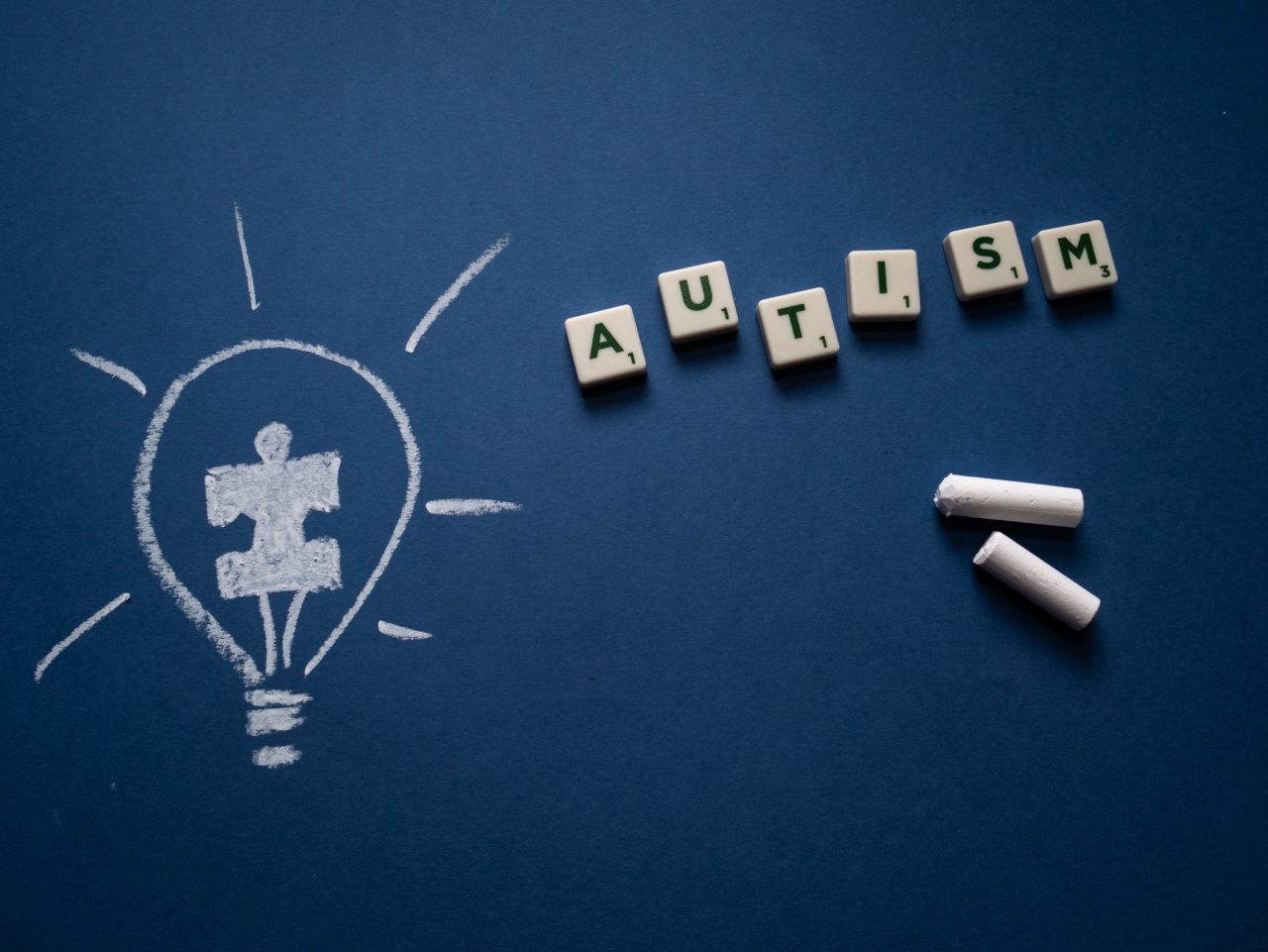Autism Spectrum Disorder (ASD) is a neurodevelopmental disorder characterized by persistent challenges in social interaction, communication, and restricted or repetitive behaviors.
Individuals with ASD often require specialized care and support to navigate the complexities of daily life. In some cases, hospitalization may be necessary to address specific medical or behavioral needs. This article explores the frequency and causes of hospitalization in individuals with ASD, shedding light on the unique healthcare challenges they face.
Understanding the Prevalence
The prevalence of hospitalization among individuals with ASD is higher compared to the general population.
According to a study published in the Journal of Autism and Developmental Disorders, the rate of hospitalization for individuals with ASD was 8.2%, compared to 1.7% for individuals without ASD. This difference highlights the increased vulnerability and the need for specialized healthcare services for individuals on the autism spectrum.
Medical Causes for Hospitalization
Hospitalization in individuals with ASD can occur due to various medical conditions and complications. Some common medical causes include:.
- Epilepsy: Epilepsy is a neurological disorder characterized by recurrent seizures. Many individuals with ASD also experience epilepsy, and seizure management often requires hospitalization to provide immediate medical intervention.
- Gastrointestinal Issues: Abdominal pain, constipation, and other digestive problems are more prevalent in individuals with ASD. Hospitalization may be needed to investigate and treat these gastrointestinal issues accurately.
- Sleep Disorders: Individuals with ASD often struggle with sleep disturbances, such as insomnia or sleep apnea. When these issues become severe and affect overall health and well-being, hospitalization may be necessary for thorough evaluation and management.
- Mental Health Crises: ASD is frequently associated with co-occurring mental health conditions, such as anxiety, depression, and disruptive behaviors. In situations where these conditions escalate and pose a risk to the individual or others, hospitalization may be required to ensure safety and provide appropriate care.
Behavioral Causes for Hospitalization
Behavioral challenges are common in individuals with ASD and can also lead to hospitalization. Some behavioral causes include:.
- Self-injurious Behavior: Some individuals with ASD engage in self-injurious behaviors, such as head-banging or biting themselves, which can cause physical harm. Hospitalization may be necessary to address these behaviors and develop appropriate intervention strategies.
- Aggression: Aggressive behaviors, such as hitting, kicking, or biting others, can occur in individuals with ASD. If these behaviors pose a risk to the individual or others, hospitalization may be necessary to ensure the safety of all parties involved.
- Severe Anxiety: Anxiety disorders are highly prevalent among individuals with ASD. In some cases, anxiety can become overwhelming and interfere with daily functioning. Hospitalization may be required to provide a supportive environment and develop strategies to manage anxiety.
Barriers to Hospital Care
While hospitalization is sometimes necessary, individuals with ASD may encounter various barriers to receiving appropriate care. Some common barriers include:.
- Communication Challenges: Individuals with ASD may have difficulty expressing their needs and discomfort verbally. This can lead to misinterpretation of symptoms or inadequate pain management during hospitalization.
- Sensory Sensitivities: Sensory sensitivities are prevalent in individuals with ASD, and the hospital environment can be overwhelming with bright lights, loud noises, and unfamiliar smells. These sensory challenges can lead to distress and difficulty engaging in necessary medical procedures.
- Insufficient Provider Knowledge: Healthcare providers may have limited awareness and understanding of ASD and its associated needs. This can result in suboptimal care and a lack of individualized treatment plans.
Improving Hospital Experiences for Individuals with ASD
To enhance hospital experiences for individuals with ASD, healthcare providers and facilities can make several accommodations:.
- Training and Education: Healthcare providers should receive comprehensive training on ASD to better understand the unique needs of individuals on the autism spectrum.
- Communication Supports: Implementing picture schedules, visual aids, and alternative communication methods can facilitate effective communication and minimize anxiety in individuals with ASD.
- Sensory-Friendly Environment: Creating a sensory-friendly environment within hospitals by reducing bright lights, minimizing noise levels, and providing quiet spaces can help alleviate sensory challenges.
- Individualized Care Plans: Developing individualized care plans that address the specific needs and preferences of individuals with ASD can enhance the quality of care and minimize distress during hospitalization.
Conclusion
Hospitalization is a reality for many individuals with Autism Spectrum Disorder, both for medical and behavioral reasons.
Understanding the frequency and causes of hospitalization can help healthcare providers develop better strategies to support individuals with ASD. By addressing the barriers and implementing necessary accommodations, hospitals can provide a more inclusive and supportive environment for individuals on the autism spectrum.





























